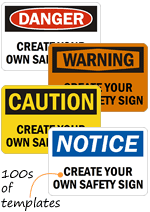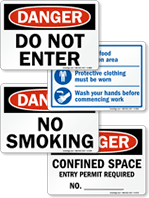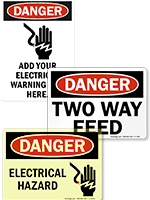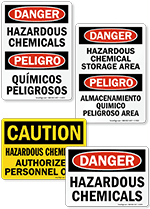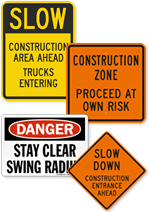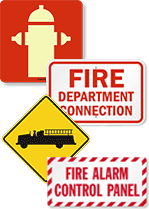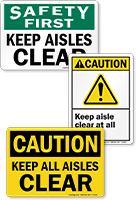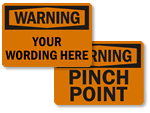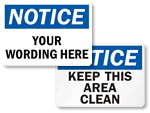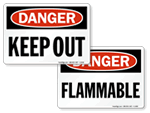A.
OSHA inspections are conducted based on the order of priority, with imminent danger situations at the top of the order followed by severe injuries and illnesses, worker complaints, referrals, targeted inspections, and follow-up inspections.
Inspections can be conducted over phone/fax or on the site. Telephonic inspections are usually complaint-based and involve OSHA contacting the employer to investigate and elaborate on the safety/health concern. The employer is faxed details about the reported health/safety hazards and must respond within five days. OSHA then conducts an on-site inspection if it finds the employer's response unsatisfactory.
On-site inspections require preparation on OSHA’s part, where the inspection history of a worksite is researched. During the inspection, the compliance officer conducting the inspection presents his/her credentials and explains the reason and scope. The officer usually walks around the workplace with an employer-assigned representative and often, an employee representative as well. A fair number of employees are also interviewed as a part of the inspection.
During the walkaround, the officer identifies violations, reviews the posting of OSHA poster, and also looks at the worksite injury and illness records. The officer then recommends the possible plans of action to the employer and the employee representative. OSHA consultation services and employee rights are also discussed towards the end of the inspection.

